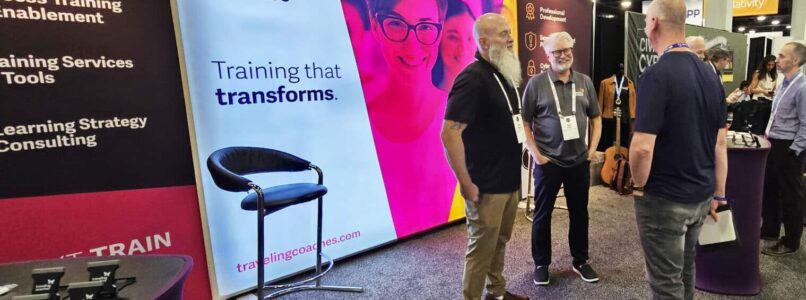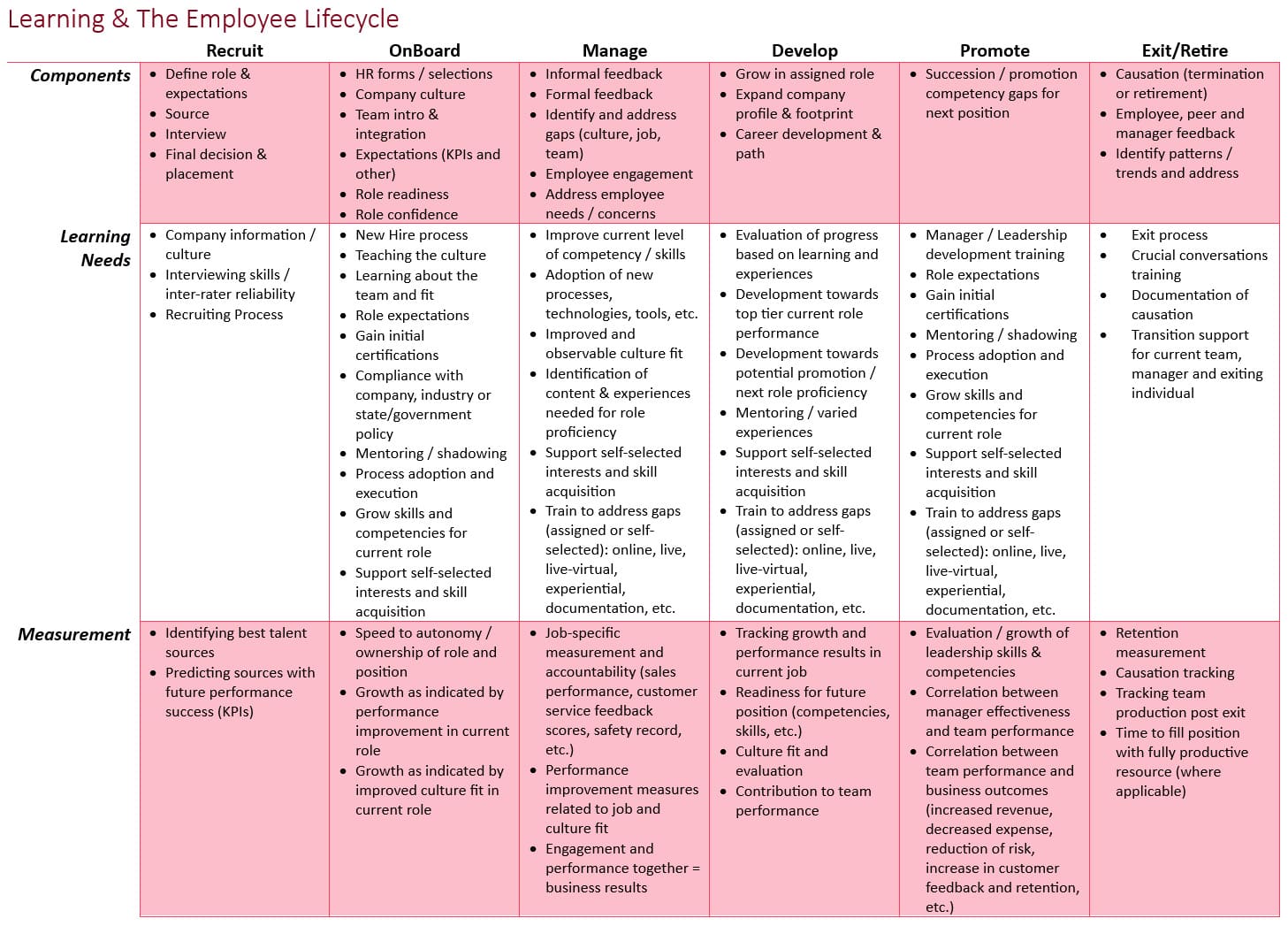Ever wondered what makes ILTACON the must-attend event of the year for legal tech enthusiasts? ILTACON is always a fantastic place to accomplish three things:
- Networking: Reconnecting with old friends and making new connections.
- Educational Sessions: Learning from peers and industry experts.
- Business Partnerships: Strengthening existing relationships and forging new ones.
This year did not disappoint in any of these areas.
Traveling Coaches loves this annual event and showed up with a big team. We were able to accomplish all three of the goals listed above. It was great seeing old and new friends, strengthening our relationships, and both delivering and attending exceptional educational sessions. Below are some of the high-level takeaways from this high energy annual event.
Artificial Intelligence (AI) and Generative Artificial Intelligence (GenAI) dominated conversations
A Recurring Theme: Education is key!
- EVERYONE: People have access to GenAI now and are using it. If you can’t keep your kids from using it while doing their homework, what makes you think telling your people “No” will keep them from using it at work. There is a real need for Firms to get good information in front of their people right now to understand what it is and the ethical and effective use of this amazing technology.
- LEADERSHIP: Leaders need a well-defined strategy and plan to integrate GenAI into firm operations and practices effectively. A balanced approach and understanding of what it is and what it is not will help.
Firms are struggling with how to get their AI initiative off the ground
- There’s a need for leadership direction (other than just saying NO).
- There’s an immediate need to manage the expectation gap: clarify what AI can and cannot do.
- There’s a need to effectively integrate GenAI into firm operations and practice (idea: start with small, manageable projects and gradually expand).
- There’s a need to effectively socialize the information. Share your wins and fails and “aha” moments. This is the time to start your people down the road of learning a brand new “life skill.” Focus on use cases that are easier first, then build on it.
- SEE: How To Talk to Lawyers about the Effective and Responsible use of AI – Traveling Coaches for more insight.
Prompts become the new source code of your life
- Getting the prompt wrong changes everything.
- Prompt Engineering (as it’s called) is not the same as doing a browser search. This understanding will be key to proper adoption and use by your people. Here’s a quote from one of the panelists summarizing the G100 and G200 sessions, “The way we engage with prompts determines the outcome and perceived benefits. Lawyers are using prompts like a google search,” which leads to disappointing results.
There was a BIG crowd and tons of engaging conversations
- AI was not the only thing being discussed. Life and real issues in firms continue. There were great discussions about integrating learning into the culture, struggles with process alignments, getting or increasing adoption of technology, assistance with projects, security awareness, staffing, aligning technology with the business strategy of the firm, etc.
- ILTACON 2024 shows the importance of events like this to the legal community. There were over 4300 attendees at ILTACON this year representing 34 countries.
Traveling Coaches was thrilled to be there and to join in the discussions. We spoke in three different sessions: “Copilot – What have we learned in the 1st year” (Kenny Leckie); “Tools, Tools, Tools: Trainer Showcase” (Jaimes Lee); and “Actionable Ways to Create a Culture of Learning” (Erika Barber).
We look forward to continuing these important conversations. Connect with us to explore how we can help your firm leverage the latest in legal tech. See Insights – Traveling Coaches for more information and insights from Traveling Coaches on real issues facing real people in firms.
Written by: Kenny Leckie & Erika Barber




